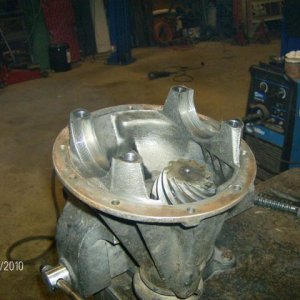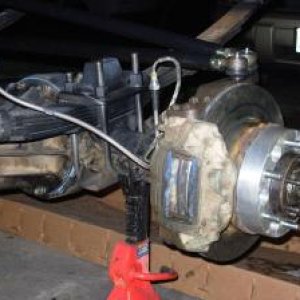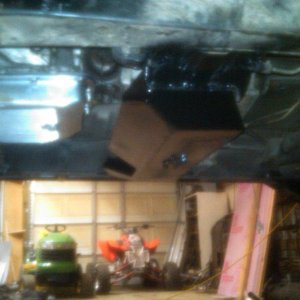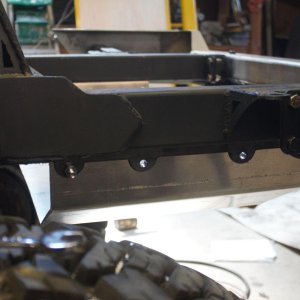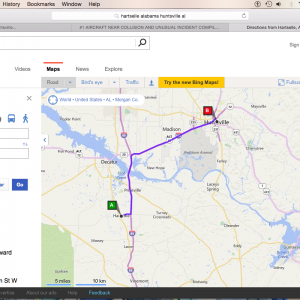http://auto.howstuffworks.com/question622.htm
A formula car with a buttload of RPM will have a crappy torque number.
A diesel semi with a buttload of torque, will have a crappy RPM ability.
Both can have exactly the same HP.
The formula car moves quickly, because it's light, and a light vehicle doesn't need a lot of torque to get (and keep) it moving, but the high RPMs of the engine will allow it a numerically faster theoretical speed.
The diesel semi is heavy, and needs lots of torque to get (and keep) it moving. It doesn't need a lot of RPM to keep it moving, because it's never intended to go beyond a much lower speed.
In order to move both vehicles at the same speed, the semi would need much more energy, because it's heavier, less aerodynamic, and has much much more drag. Therefor, it would take a much higher amount of fuel (or work, or HP) to move it at the same speed as the F-car.
Where the HP / Torque battles always seem to come into play is in the truck towing wars. The V10 gas -v- the I6 diesel. Both can theoretically have the same HP. But the diesel does so with lower RPMs, so has more torque. The gas does so with higher RPMs, so has less torque. In some circumstances, the quicker revving gas motor will outpull the slower revving diesel. In other circumstances (typically when heavily loaded), the diesel will outpull the gas engine.
I think.
Did some more reading, and also came to this conclussion: With proper gearing (transmissions, axles, etc), you could build a gas & diesel engines with exactly the same towing characteristics. However, the diesel will do it with much lower rpms (say 1200 rpm) than the F-car (say 12000 rpm), which means that the F-car engine will wear out 10 X faster (all other things being equal) And for commercial durability, the lower rpm motor with equal towing characteristics becomes the economically more desireable solution.




